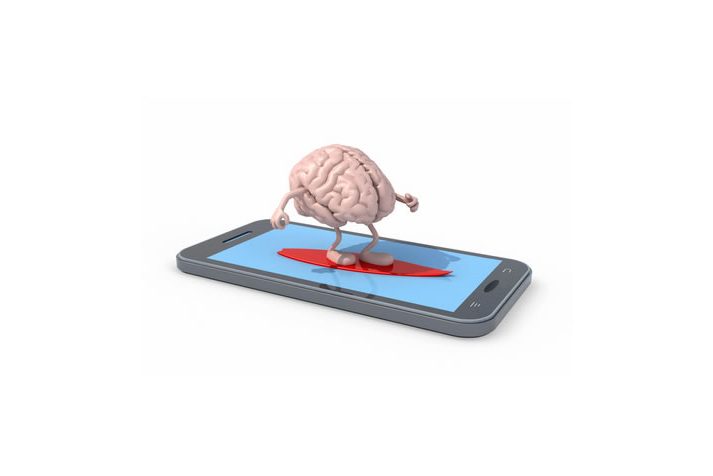What does adolescence really mean, anyways? Do you know? To be honest, I didn’t always have a clear idea. I would often think of it synonymously with “the teen years.” When you think of this period, what comes to mind? How many negative adjectives are popping up right now?
Most people seem to describe this period with words like “self absorbed,” “moody,” or “difficult.”
I’d like to help you gain a better and more optimistic view of this period of life. I know how brutally hard it can be in the trenches with kids at this age. But I want you to be able to see the incredible opportunities that come with it as well.
What is Adolescence?
Adolescence is the period that starts at puberty and ends in fully integrated adulthood. It’s the transition to adulthood. And yes, this period is very long these days! It used to be much shorter. In the seventies, the average onset of puberty was 14 and people were functional adults between 18 and 22 typically. Now, puberty starts much earlier, at about 12, and people aren’t autonomous adults until their mid to late 20s in many cases.
So adolescence is now a period that lasts a dozen or more years! Hang on. You can do this.
Laurence Steinberg, in a new book called “Age of Opportunity” that I hope you’ll read, talks about adolescence as three phases and uses a car metaphor. The age ranges for these phases can vary.
Phase 1 is early adolescence (age 12-14). This period is like a car with a quick gas pedal (intense emotions and thoughts) but very poor brake system (impulse control).
Phase 2 is middle adolescence (age 15-17). The brake system is pretty well developed but it’s inconsistent. Emotions are typically less intense.
Phase 3 is late adolescence (age 18 on). This period is about becoming a skilled driver by knowing when to accelerate, slow down, and put on the brakes.
What are the opportunities and how do we capitalize on them?
Adolescence is a unique and interesting time. In addition to being hard, it’s a period filled with opportunities that we all need to do a better job capitalizing on. Here are three of them.
Opportunity #1
Adolescence is the best time to learn anything. The adolescent brain has just as much plasticity as a newly developing brain of the first three years of life. A child’s growing brain emphasizes basic survival functions like vision, motor skills, and attachment. The part of the adolescent brain that’s so malleable is the prefrontal cortex, the area behind our forehead. Whether we’re learning language, athletics, music, science, art, or non cognitive skills like self control, empathy, and social skills, we need our prefrontal cortex. There will never be a better time to absorb and integrate these skills. Our brain’s plasticity slows down significantly after adolescence. Plasticity works both ways, which is why negative experiences like drugs and alcohol are more detrimental during this time.
Opportunity #2
Adolescents are just as smart as us. By the time they reach 16, they score as high on standardized cognitive tests as they ever will. Their reasoning ability is just as good as ours. And contrary to popular belief, they understand the risks of their behavior just as well as we do (I’ll come back to that)! This partially explains why they can be so good at arguing but often can’t stop. As parents, we need to do a better job of valuing and respecting the intelligence of these kids and the contributions they have to offer.
Opportunity #3
“Wait, so if he understands the risks just as well as I do, why does he do stupid things?” That’s a great question. One explanation is that adolescents experience rewards and positive experiences much more intensely than children or adults.Things that feel good for adults or children, feel great during adolescence. A teen that lies about going to an unsupervised party with alcohol and weed knows the risks they’re taking, but the perceived benefit and fun carry too much weight.
How can we leverage this for good? We can help teens find engaging and rewarding activities that are also reasonably safe and supervised. Unfortunately, most of the teens I talk to experience the many hours they spend at school and doing homework as boring. This makes finding activities they enjoy and learn from that much more important.
So, the same things that make us and them crazy are also the same kinds of things that we can all benefit from. Adolescence is such an important and critical period of development and one that we need to be as thoughtful about as we are with the first three years of life.
As a parent, you can do this by involving your adolescent in meaningful decisions. Give her safe opportunities to take risks and make sure you’re teaching “non cognitive skills” like frustration tolerance, interpersonal skills, problem solving, and resilience. Finally, help your child develop mastery at something. The science of adolescence has demonstrated that there is no better time to learn and try new things. It gets much harder after that.



